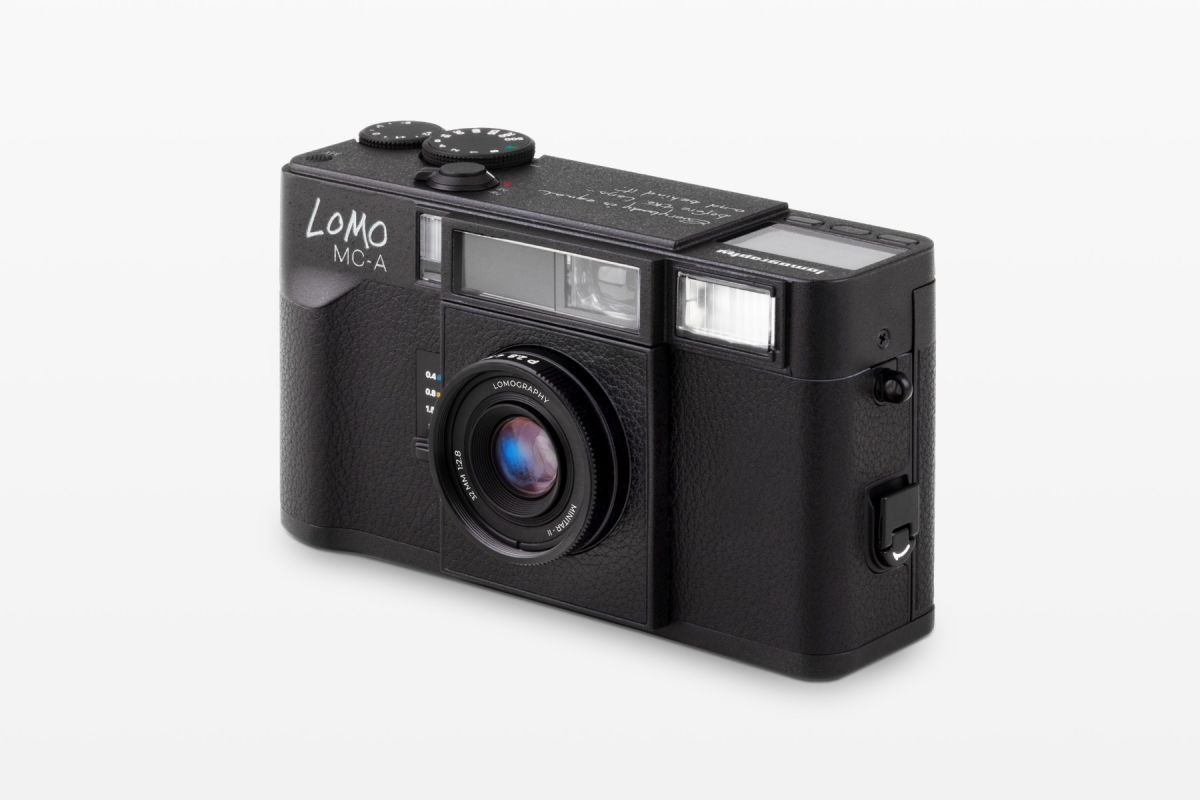Lomography just dropped something film photographers didn't know they needed - a 35mm camera that charges like your phone. The MC-A point-and-shoot packs a rechargeable CR2 battery with USB-C charging, targeting the growing analog photography revival with modern convenience.
The analog photography renaissance just got a modern twist. Lomography dropped the MC-A, a $549 35mm film camera that solves one of film shooting's most annoying problems - constantly hunting down CR2 batteries. The Austrian company known for quirky toy cameras is betting that USB-C charging will lure both nostalgic millennials and Gen Z film converts.
The MC-A arrives at a fascinating moment for analog photography. While Canon and Nikon abandoned film decades ago, smaller players are filling the void with increasingly sophisticated offerings. The timing couldn't be better - film sales have been climbing steadily since 2020, driven partly by social media's embrace of analog aesthetics.
What sets the MC-A apart isn't just the USB-C port tucked discreetly into its metal body. This is Lomography's most serious camera yet, featuring a genuine glass 32mm f/2.8 lens with autofocus, full manual exposure controls, aperture priority mode, and even zone focusing for street photography purists. Gone is the plastic toy-camera vibe that defined earlier Lomo products.
The rechargeable battery addresses a genuine pain point that anyone who's shot film recently knows well. CR2 batteries are expensive, hard to find, and always seem to die at the worst moment. According to The Verge's review of the competing Pentax 17, battery life was a constant concern. The MC-A's rechargeable solution means you can just plug it in overnight like any other device.
Competitively, the MC-A lands right between the $499 Pentax 17 and pricier options from Leica. But there's a key difference - where the Pentax shoots half-frame (getting 72 shots per roll), the MC-A shoots full 35mm frames. That means better image quality but fewer shots per roll, a trade-off that will appeal to quality-focused shooters.
Lomography couldn't resist adding some signature quirks. The camera ships with a "Splitzer" lens attachment for creating split-screen double exposures and colored flash gels for creative lighting effects. There's even a slightly cringey motivational slogan etched into the body: "Everybody is equal before the lens - and behind it."












